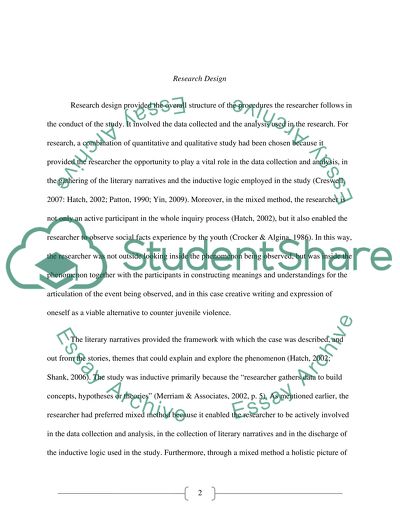Cite this document
(“Does learning to express oneself Dissertation Example | Topics and Well Written Essays - 3750 words”, n.d.)
Retrieved from https://studentshare.org/other/1425456-does-learning-to-express-oneself
Retrieved from https://studentshare.org/other/1425456-does-learning-to-express-oneself
(Does Learning to Express Oneself Dissertation Example | Topics and Well Written Essays - 3750 Words)
https://studentshare.org/other/1425456-does-learning-to-express-oneself.
https://studentshare.org/other/1425456-does-learning-to-express-oneself.
“Does Learning to Express Oneself Dissertation Example | Topics and Well Written Essays - 3750 Words”, n.d. https://studentshare.org/other/1425456-does-learning-to-express-oneself.


